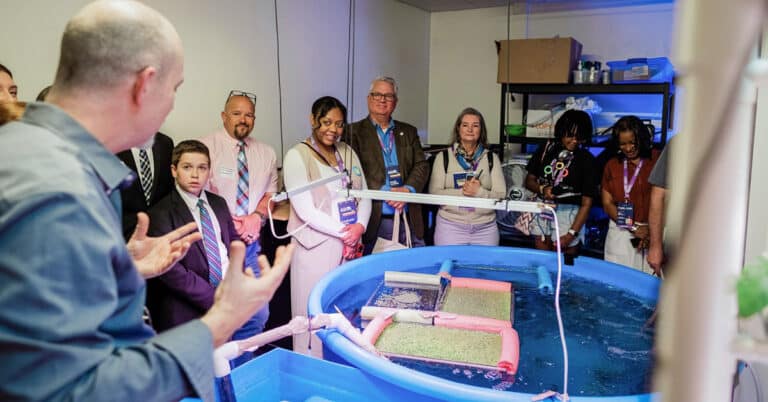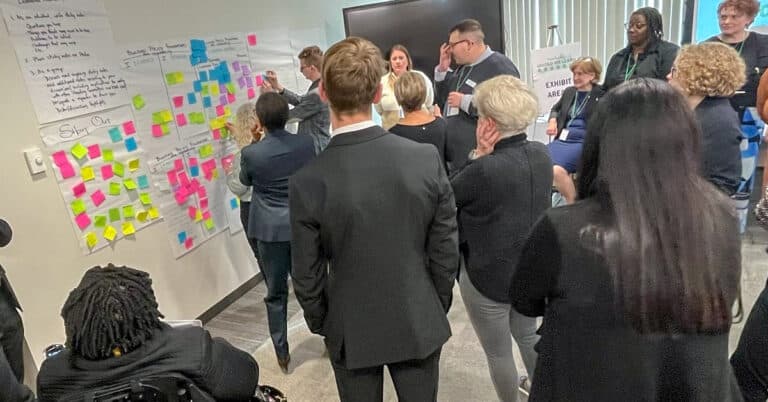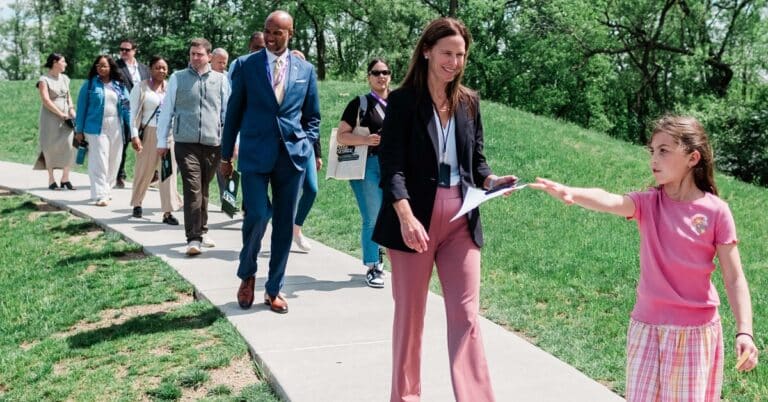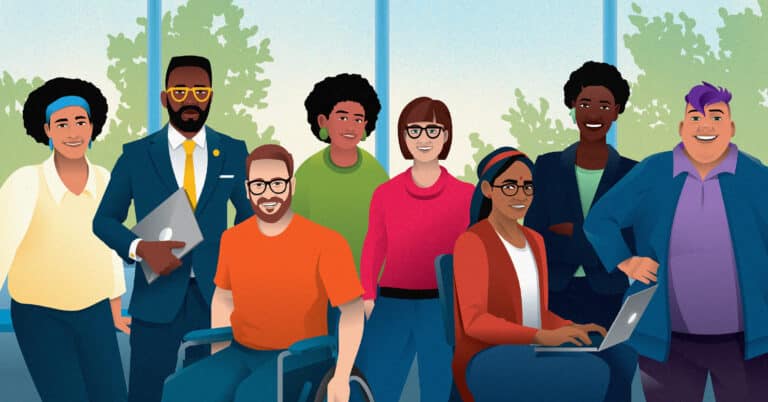Whether we are sitting in a classroom, in front of a television or at the park, there is always something that we are observing, processing or experiencing.
The phrase, “You never stop learning,“ should not be reduced to an empty cliché but emblazoned upon our minds as a critical practice for learners and educators to engage, because we are always learning. To help prepare learners for their futures, educators must create the conditions:
- Teach learners that the art of learning is a continuous, dynamic process
- Incorporate social-emotional learning within curricula and classroom culture
- Foster learners’ comfort with evolving digital technologies and adaptive learning environments
An activity that supports the ways to prepare learners for their futures is to create an artifact from the future. An artifact from the future can be everyday objects, such as a picture, a piece of clothing or a traffic sign; can represent specific concrete details about the future; and help people see and feel how the changes that we are experiencing today could translate into new ways of doing things.
What if technology could help foster active, ongoing learning through critical thinking? The artifact, iLearn, could be the solution to support learners in the never-ending process of learning. iLearn is a digital personalized wayfinding life coach and companion powered by machine learning. The primary user, a “pal,” can select iLearn’s physical form, such as a plush toy for a toddler or a fashion accessory for teenagers. The companion also provides around-the-clock self-care, mental health care and preventative care, which it tailors to each pal.
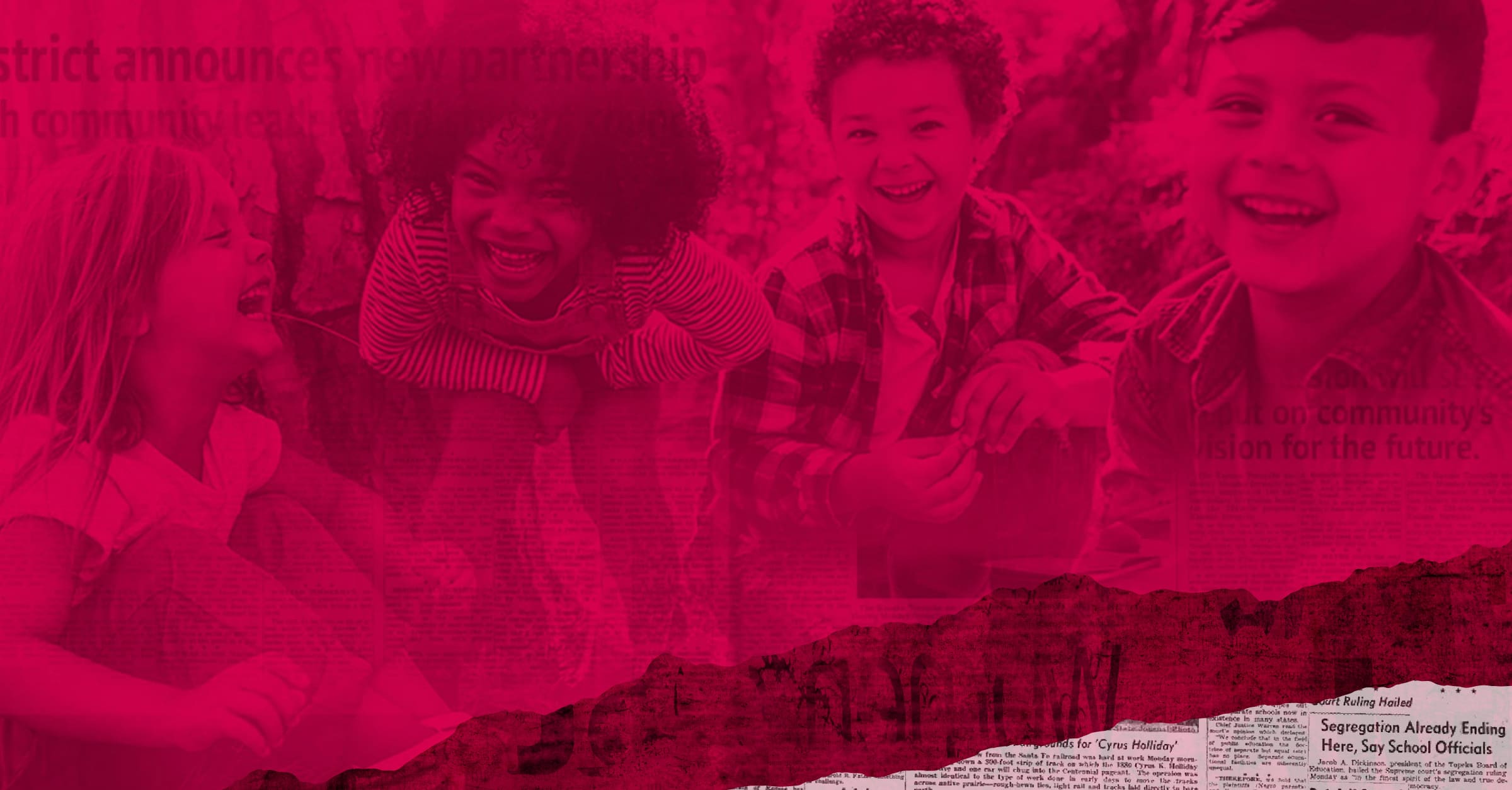
A Future of
Learning for All
When learners come to the classroom, they are not just arriving as developing brains eagerly awaiting tests and grades; some learners come in with concerns about their lives at home or a stomachache from anxiety or a missed meal. Thus, incorporating social-emotional learning with curricula and classroom culture could better prepare learners to “to work in diverse teams, to grapple with difficult problems, and to adjust to rapid change.”
In looking to the future, it is crucial that those who support learners encourage them to develop a healthy relationship with advancing digital technologies that empower them to own their brilliance. While it is important to teach learners to think critically about the implications of using these technologies, it is also important that we do not vilify them or deter learners from using them altogether. Technology is a tool that we could use to aid in the development and reinforcement of skills for learners; however, just as with any tool, its misuse could also prove detrimental to learners.
What if Di-Net, a network of people who have survived climate disaster and other major disruptions that have displaced entire communities in the United States, existed for learners to use? The members who use Di-Net appreciate it because of the opportunities and spaces (often digital but sometimes physical) it creates to share stories, reconnect with people from their hometowns, and build community support.
While the future is not yet here, it is always becoming the present reality in which we know and experience. Our learners need and deserve the opportunities and the skills necessary to thrive in the inevitability of their tomorrows today. Artifacts from the future is one resource that can help learners, educators and community members prepare for whatever comes next. And, like Di-Net and iLearn, they can make a vision of the future tangible.

